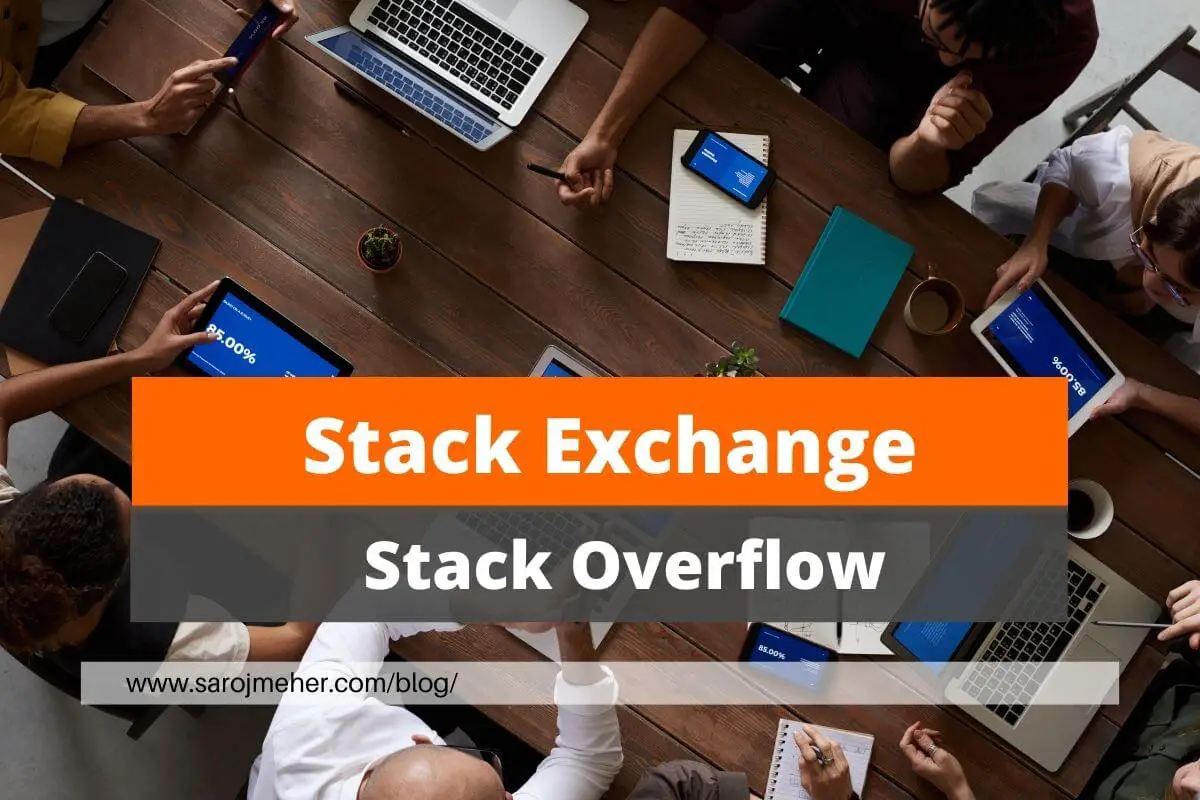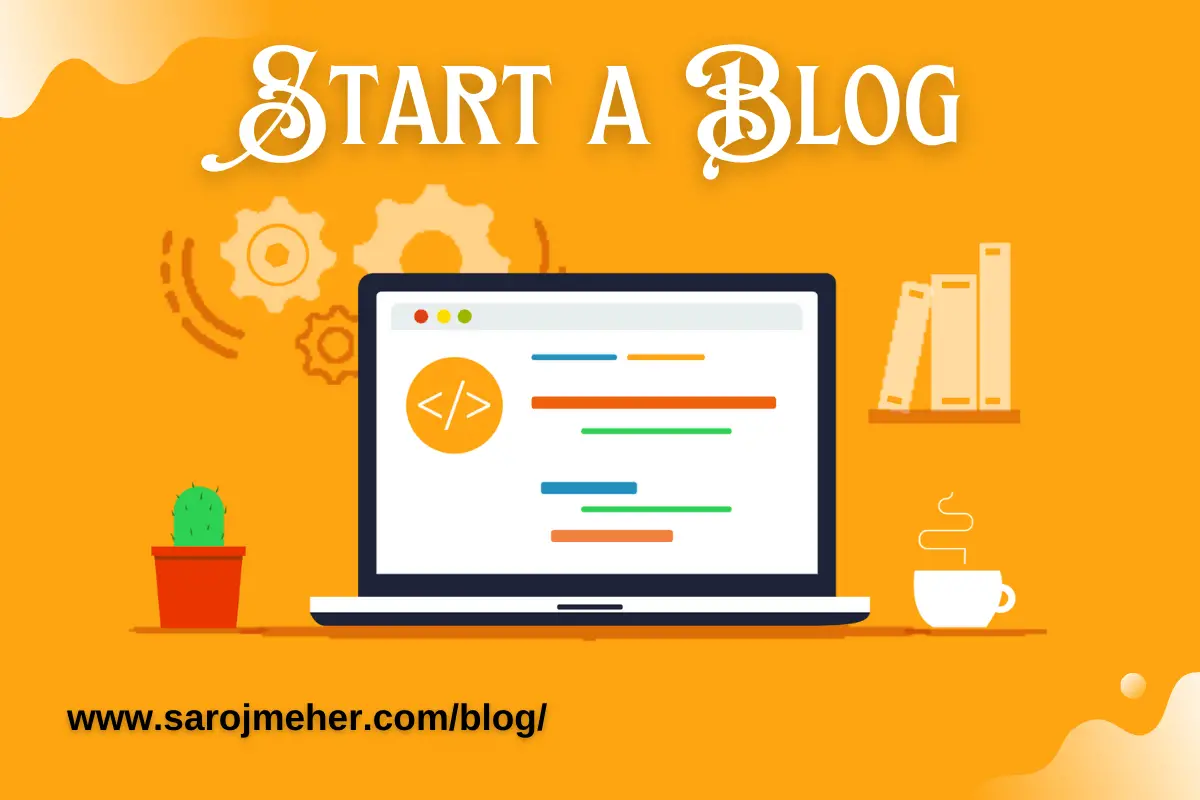Introduction
In today’s digital landscape, cybersecurity threats are ever-present, with Distributed Denial of Service (DDoS) attacks being among the most disruptive. These attacks can bring even the most robust online services to a grinding halt, causing significant economic losses and reputational damage. Understanding what DDoS attacks are, how they work, and how to protect against them is crucial for anyone involved in maintaining an online presence.
What is a DDoS Attack?
A Distributed Denial of Service (DDoS) attack is a malicious attempt to disrupt the normal traffic of a targeted server, service, or network by overwhelming it with a flood of Internet traffic. DDoS attacks are launched from multiple computers or devices, often compromised and forming what’s known as a botnet. The key difference between a DDoS attack and a regular Denial of Service (DoS) attack is scale; while a DoS attack originates from a single source, a DDoS attack leverages multiple systems to amplify the impact.
Types of DDoS Attacks
Volume-Based Attacks
These attacks focus on saturating the bandwidth of the target, overwhelming it with massive amounts of data.
- ICMP Flood: This type of attack sends a large number of ICMP (ping) requests to a target, overwhelming it and making it unresponsive.
- UDP Flood: In this attack, the attacker sends numerous User Datagram Protocol (UDP) packets to random ports on a remote host, causing the host to check for the application listening at that port and respond with an unreachable message.
Protocol Attacks
These attacks exploit weaknesses in the network protocols.
- SYN Flood: This common DDoS attack method exploits the TCP handshake process. The attacker sends a flood of SYN requests to a target but does not complete the handshake, leaving the server overwhelmed with half-open connections.
- Ping of Death: This involves sending malformed or oversized packets using a ping command to crash the target system.
Application Layer Attacks
These attacks target specific applications and services.
- HTTP Flood: This attack mimics legitimate HTTP GET or POST requests to attack a web server or application, exhausting its resources.
- Slowloris: Slowloris sends partial HTTP requests, opening connections to the target server but holding them open as long as possible, consuming all available connections.
How a DDoS Attack Works
A DDoS attack is typically carried out using a botnet, which is a network of compromised computers controlled by the attacker. The botnet directs massive amounts of traffic to the target, overwhelming its capacity to handle legitimate requests. By doing so, the attacker renders the service unusable for regular users, effectively taking it offline.
Common Targets of DDoS Attacks
DDoS attacks can target virtually any online service, but some common targets include:
- Websites: Both large and small websites are frequent targets of DDoS attacks, often aimed at causing downtime or defacing the site.
- Online Gaming Platforms: Gaming servers are popular targets, especially during high-stakes tournaments or events.
- Financial Institutions: Banks and other financial services are prime targets due to the potential for financial disruption.
Real-World Examples of DDoS Attacks
DDoS attacks have been responsible for some of the most significant disruptions in the history of the Internet.
- GitHub Attack (2018): One of the largest DDoS attacks in history targeted GitHub, peaking at 1.35 Tbps. It was mitigated within 20 minutes, but not before causing substantial disruption.
- Dyn Attack (2016): This attack targeted the DNS provider Dyn, causing major websites like Twitter, Netflix, and Reddit to go offline for hours.
- AWS Attack (2020): Amazon Web Services (AWS) faced a massive DDoS attack that reached a peak of 2.3 Tbps, one of the largest ever recorded.
Elon Musk and Donald Trump Event on X (2024)
“In August 2024, an event on X (formerly Twitter) featuring Elon Musk and Donald Trump caused the platform to crash. Elon Musk suggested that the site’s disruption might have been due to a DDoS attack orchestrated by hackers, highlighting the susceptibility of even major platforms during high-traffic events.”
Impact of DDoS Attacks
The consequences of a DDoS attack can be severe:
- Economic Costs: Companies can lose millions in revenue due to downtime.
- Reputational Damage: A successful attack can damage customer trust and brand reputation.
- Operational Disruption: Extended downtime can disrupt business operations and lead to missed opportunities.
After discussing the economic and reputational impacts, mention how high-profile events, such as the one involving Musk and Trump, can amplify the damage caused by a DDoS attack, leading to widespread media coverage and public scrutiny.
How to Detect a DDoS Attack
Detecting a DDoS attack early is crucial to mitigating its effects.
- Signs of an Ongoing Attack: Unusual traffic patterns, slow network performance, and an inability to access websites are all potential indicators of a DDoS attack.
- Monitoring Tools: Tools like NetFlow, Wireshark, and others can help detect unusual traffic and potential DDoS attacks.
Preventing DDoS Attacks
While no solution can make you completely immune, there are measures that can significantly reduce the risk of a DDoS attack.
Network Security Measures
- Firewalls and Intrusion Detection Systems (IDS): These can help block malicious traffic before it reaches your servers.
Traffic Analysis
- Anomaly Detection: Regularly analyzing traffic patterns can help detect anomalies that may indicate an impending DDoS attack.
Content Delivery Networks (CDN)
- How CDNs Help Mitigate DDoS: CDNs can absorb and distribute traffic across multiple servers, reducing the impact of a DDoS attack.
Mitigating an Ongoing DDoS Attack
If you find yourself under a DDoS attack, these strategies can help mitigate the damage:
- Rate Limiting: Limiting the number of requests a server will accept over a certain period can help reduce the impact of an attack.
- IP Blacklisting: Blocking IP addresses associated with malicious traffic can stop the attack from specific sources.
- Utilizing a DDoS Mitigation Service: Companies specializing in DDoS mitigation can filter out malicious traffic and keep your services running.
Legal Consequences of Conducting a DDoS Attack
DDoS attacks are illegal in most jurisdictions, and the penalties can be severe.
- Cybercrime Laws: Many countries have laws that criminalize DDoS attacks, with penalties ranging from fines to imprisonment.
- High-Profile Arrests: Several individuals have been arrested and prosecuted for conducting DDoS attacks, often facing significant legal consequences.
The Future of DDoS Attacks
As technology evolves, so do the tactics used by cybercriminals.
- Evolving Tactics: Attackers are continuously finding new ways to amplify their attacks, making them more difficult to mitigate.
- AI and Machine Learning in DDoS: AI and machine learning are being increasingly used in both launching and defending against DDoS attacks.
Conclusion
DDoS attacks are a serious threat to online services, with the potential to cause significant financial and reputational damage. Understanding the nature of these attacks and implementing preventive measures is crucial for any organization that relies on its online presence. By staying vigilant and investing in the right tools and strategies, you can protect your business from the devastating effects of a DDoS attack.
Frequently Asked Questions (FAQs)
What is the difference between DoS and DDoS?
A DoS attack originates from a single source, while a DDoS attack uses multiple systems to overwhelm the target.
Can a small business be a target of DDoS?
Yes, small businesses can be targeted, especially if they have a significant online presence or are seen as vulnerable.
How long does a DDoS attack last?
The duration can vary widely, from a few minutes to several days, depending on the attack’s intensity and the effectiveness of the mitigation efforts.
What is the best way to protect against DDoS?
Implementing robust network security measures, using a CDN, and employing a DDoS mitigation service are some of the best ways to protect against DDoS attacks.
Is participating in a DDoS attack illegal?
Yes, participating in or conducting a DDoS attack is illegal in most countries and can result in severe legal consequences.









